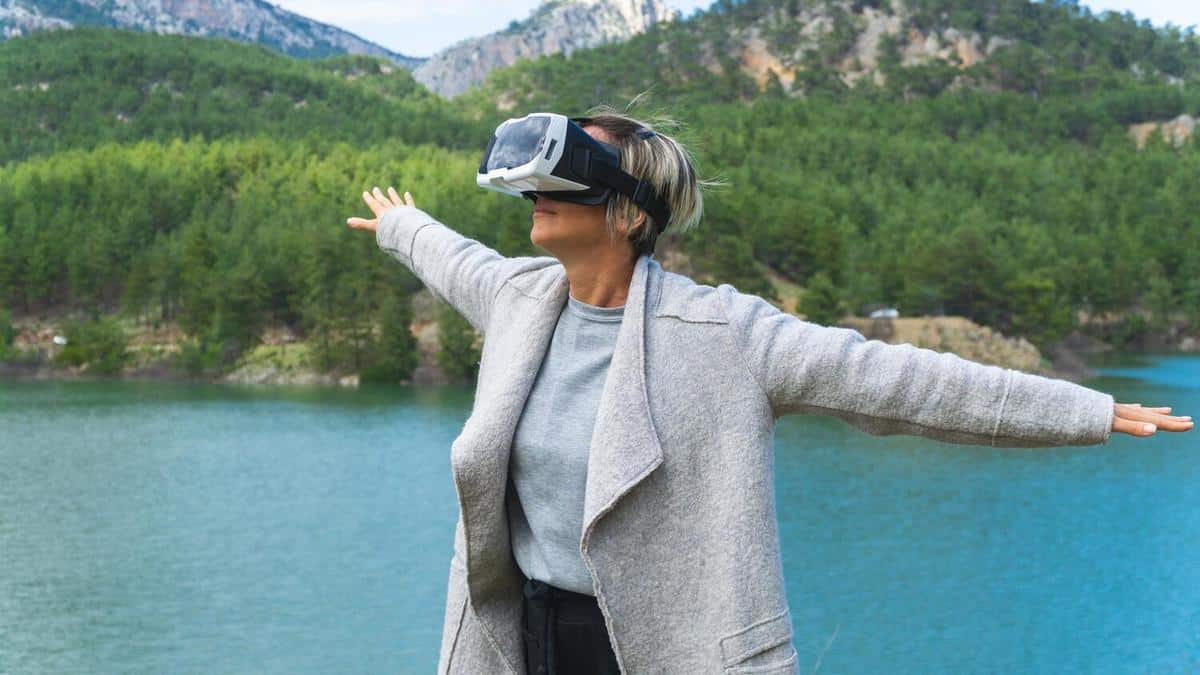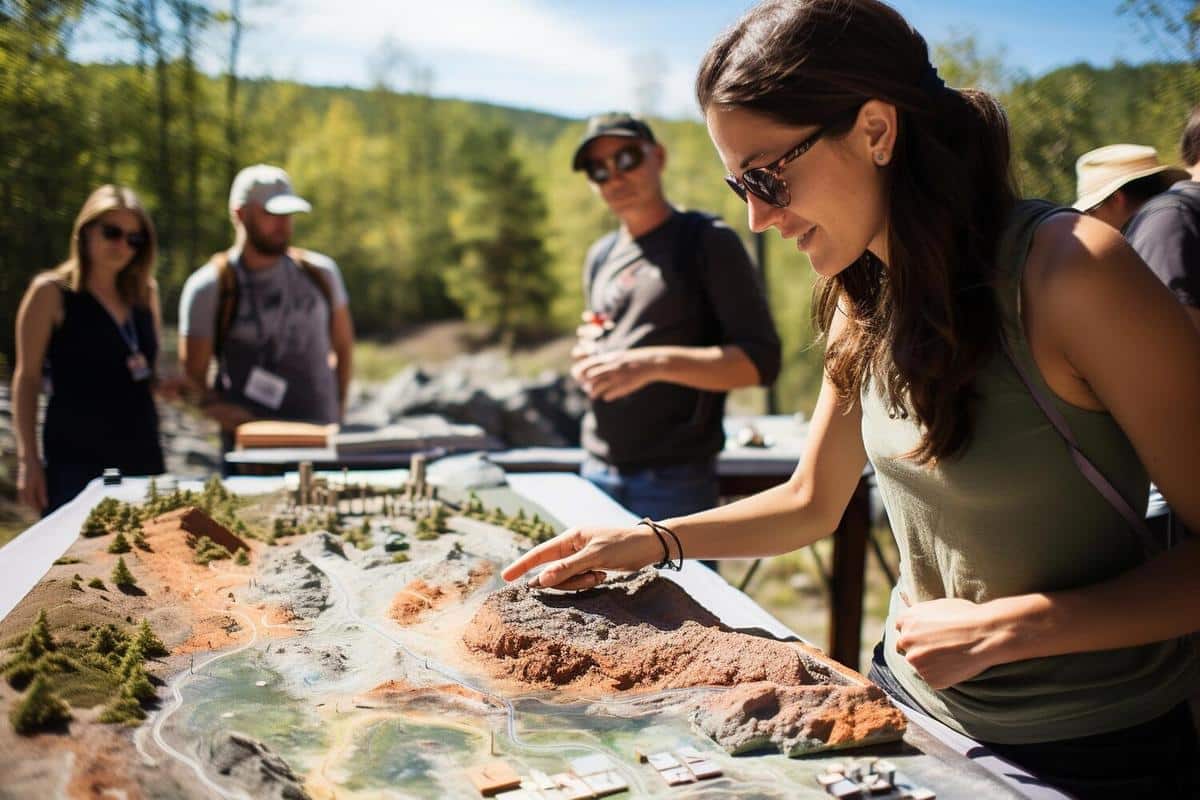
Virtual Tours: Exploring the World From Your Home
In an era where technology continually reshapes how we experience the world, virtual tours have emerged as a captivating way to explore distant locales from the comfort of our homes. Gone are the days when travel was solely about physical presence; now, we can traverse continents with a mere click.
Virtual tours are revolutionizing the travel industry, providing unique opportunities for exploration and learning. With high-definition imagery and interactive experiences, these tours offer an immersive way to experience landmarks, museums, and natural wonders. According to a report by Statista, the global virtual reality market size was valued at over $15 billion in 2020 and is projected to expand significantly, underscoring the growing interest in virtual experiences.
Why Virtual Tours Matter
Virtual tours offer unparalleled accessibility. For those with physical limitations, these tours open doors to places they might never visit otherwise. Additionally, they provide a cost-effective alternative to traditional travel, allowing users to explore diverse cultures without the financial burden of flights, accommodations, and other travel expenses.
Expert Opinions
Travel expert Alex Smith notes, “Virtual tours provide a rich, engaging experience that bridges the gap between the digital and physical worlds. They offer a new dimension to travel, making it accessible to a broader audience.”
Personal Experiences
Emily, a travel enthusiast, shares her experience of virtually visiting the Louvre Museum. “It was incredible to explore the art collections at my own pace. The detailed views and background information enhanced my appreciation for the exhibits.” Her story reflects how virtual tours can complement or even substitute physical visits.
How to Make the Most of Virtual Tours
- Use a high-quality device for the best visual experience.
- Engage with interactive features, such as 360-degree views and audio guides.
- Take notes or screenshots of interesting facts or visuals.
Comparison: Traditional Travel vs. Virtual Tours
| Aspect | Traditional Travel | Virtual Tours |
|---|---|---|
| Cost | High | Low |
| Accessibility | Limited by location and mobility | Accessible from anywhere |
| Immersion | Full sensory involvement | Visual and auditory |
| Flexibility | Requires planning | On-demand |
| Environmental Impact | High | Minimal |
| Time Commitment | Requires days/weeks | Minutes to hours |
| Educational Value | Varies | Structured and informative |
| Social Interaction | Direct | Limited to digital |
FAQs About Virtual Tours
What technology is needed for a virtual tour?
Generally, a device with internet access such as a smartphone, tablet, or computer is sufficient. A VR headset can enhance the experience.
Are virtual tours free?
Many virtual tours are free, but some premium experiences may require a fee.
Can virtual tours replace traditional travel?
While they offer many benefits, virtual tours can’t fully replace the sensory experience of physical travel. They are, however, a valuable supplement.
In conclusion, virtual tours provide a window into the world, offering a practical and engaging way to explore global destinations. As technology advances, the richness and realism of these experiences are only set to improve, making them a staple in the future of travel. Consider diving into a virtual tour today, and discover the world anew, right from your living room.


